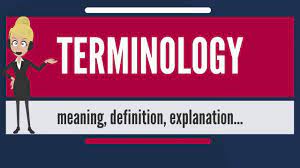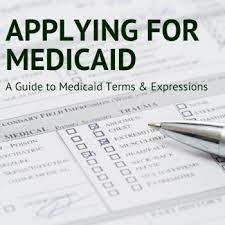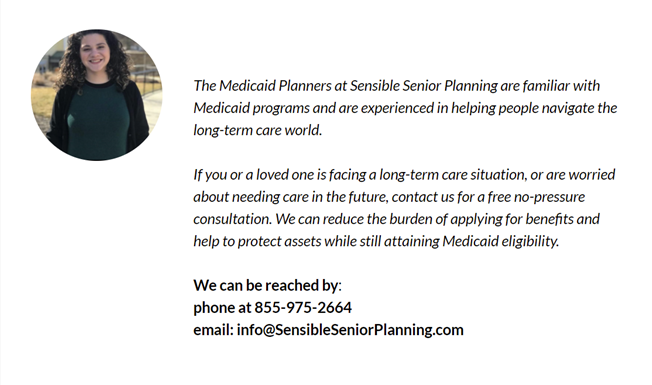Medicaid Terminology

Many industries use specific words that makes communicating within the industry easier, and long-term care is no exception. When seeking resources to provide care for an elderly loved one, it’s important to understand some of the terminology used in the long-term care industry.
For example, ‘Medicaid’ can be used to describe one of several different programs that provide health coverage. Likewise, ‘nursing home’ is often used interchangeably to describe a care setting. Let’s take a look at some of the key terms and their definitions.
Medicaid
A joint federal and state financial assistance program. There are many different Medicaid programs, but the one most relevant to long-term care is Nursing Home Medicaid. This program helps to pay for the cost of a skilled nursing facility, commonly called a nursing home.
Medicare
Federal health insurance program for people who are aged 65 and older or those who have certain disabilities. In a nursing home Medicare helps pay for rehabilitation services, but it does not pay for long-term care.
Long-Term Care
Regarding nursing homes, long-term care is ongoing skilled care for people who are in need of assistance with activities of daily living. It can also refer to care that’s required beyond what insurance will cover.
Spend-down
To qualify for Medicaid assistance, many people have to complete a spend-down. This refers to the difference between how much a person has in total assets and how much they’re allowed to have to qualify for Medicaid. If a single person has $20,000 and they’re only allowed to have $2,000, then their spend-down is $18,000.
Gifting
Medicaid considers transfers of money or assets to anyone aside from a spouse or certain disabled family members as gifting. Transfers of assets for the purpose of qualifying for Medicaid are prohibited. Gifts for holidays, weddings, birthdays, and graduations as well as charitable gifts can all cause a Medicaid penalty.
Look-back Period
Medicaid is legally allowed to ask for up to five years of financial documents to determine if any gifts or transfers have occurred.
Assets
Medicaid counts what assets someone has to determine if they’re eligible. Some common assets that Medicaid considers are bank accounts, cash, vehicles, real estate, IRAs, 401ks, retirement accounts, CDs, life insurance policies, stocks, bonds, annuities and livestock. Personal possessions like furniture and jewelry are usually not considered assets for Medicaid purposes.
Share of Cost
The portion of the nursing home bill that is the Medicaid applicant’s responsibility. Nursing Home Medicaid is a cost-sharing program, meaning that the applicant is required to pay for a share of the expenses. Medicaid supplements what the applicant pays to bridge the gap between the share of cost and the Medicaid reimbursement rate of the nursing home. Sometimes this is called the ‘resident contribution.’
Nursing Home
Also called ‘skilled nursing facilities,’ nursing homes are for people who require round-the-clock monitoring and medical assistance. Typical nursing home residents suffer from conditions that leave them unable to live independently. Nursing homes can provide both long-term care and short-term rehabilitation services.
Assisted Living
Assisted living communities are for seniors who are no longer capable of living alone safely, but still want to maintain a social, active lifestyle. Services provided are aimed at helping seniors with activities of daily living such as bathing, grooming and medication management, among others.
Navigating the long-term care world and especially the Medicaid application process can be extremely complicated, I hope these terms help regardless of where you are in the process. For more information about Medicaid eligibility or for help finding the right facility for yourself or a loved one, contact Sensible Senior Planning today for a free consultation.


